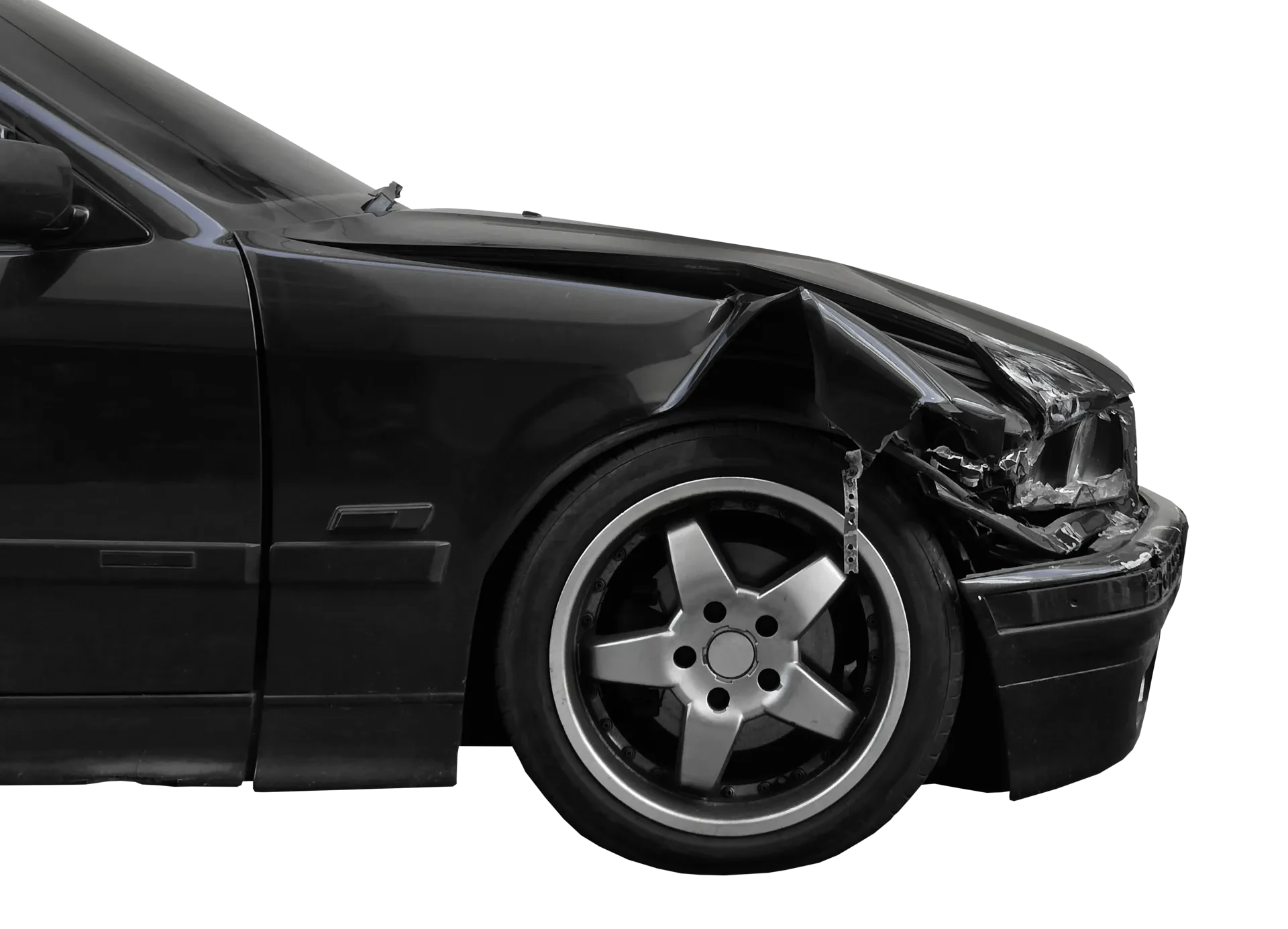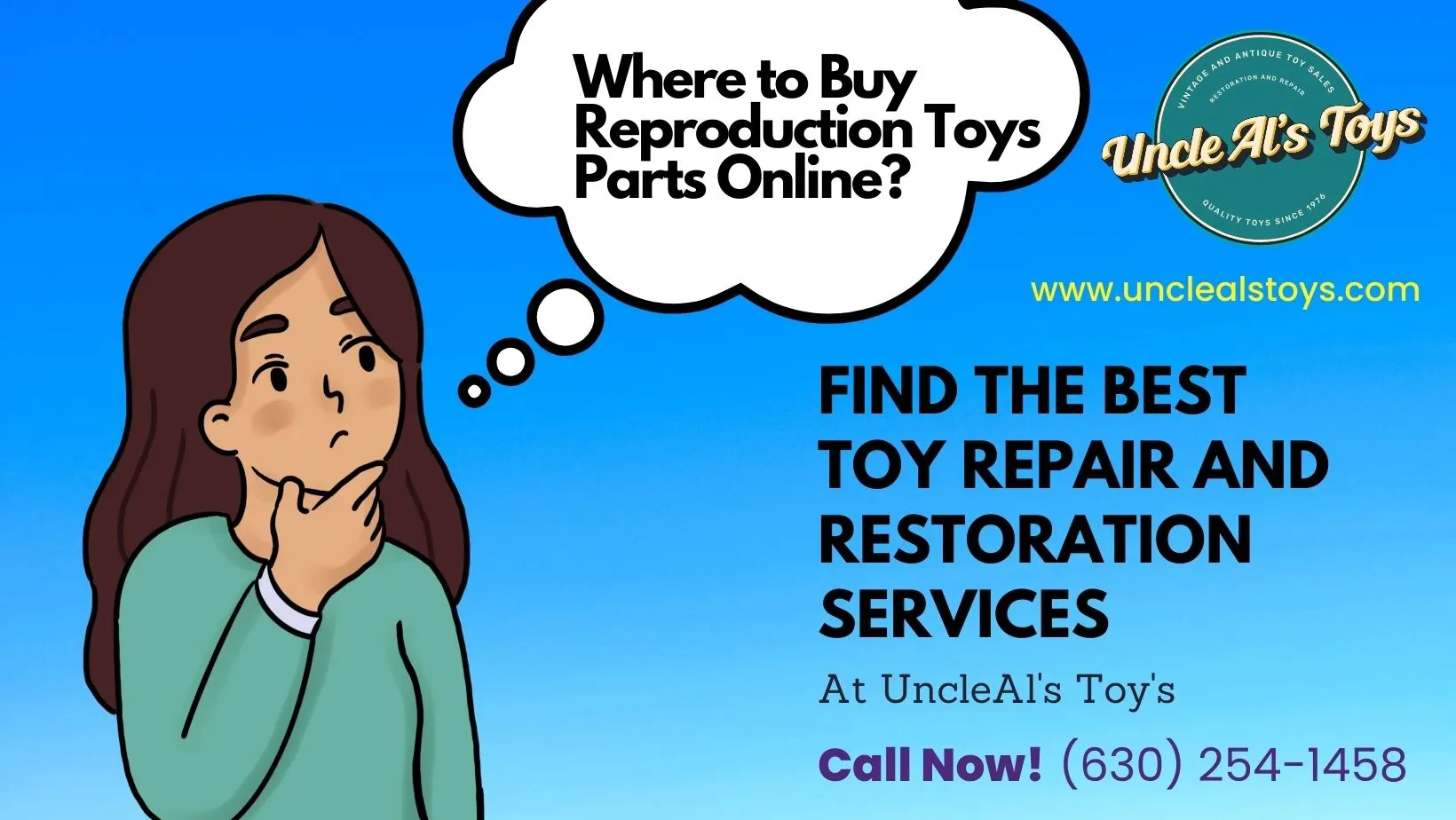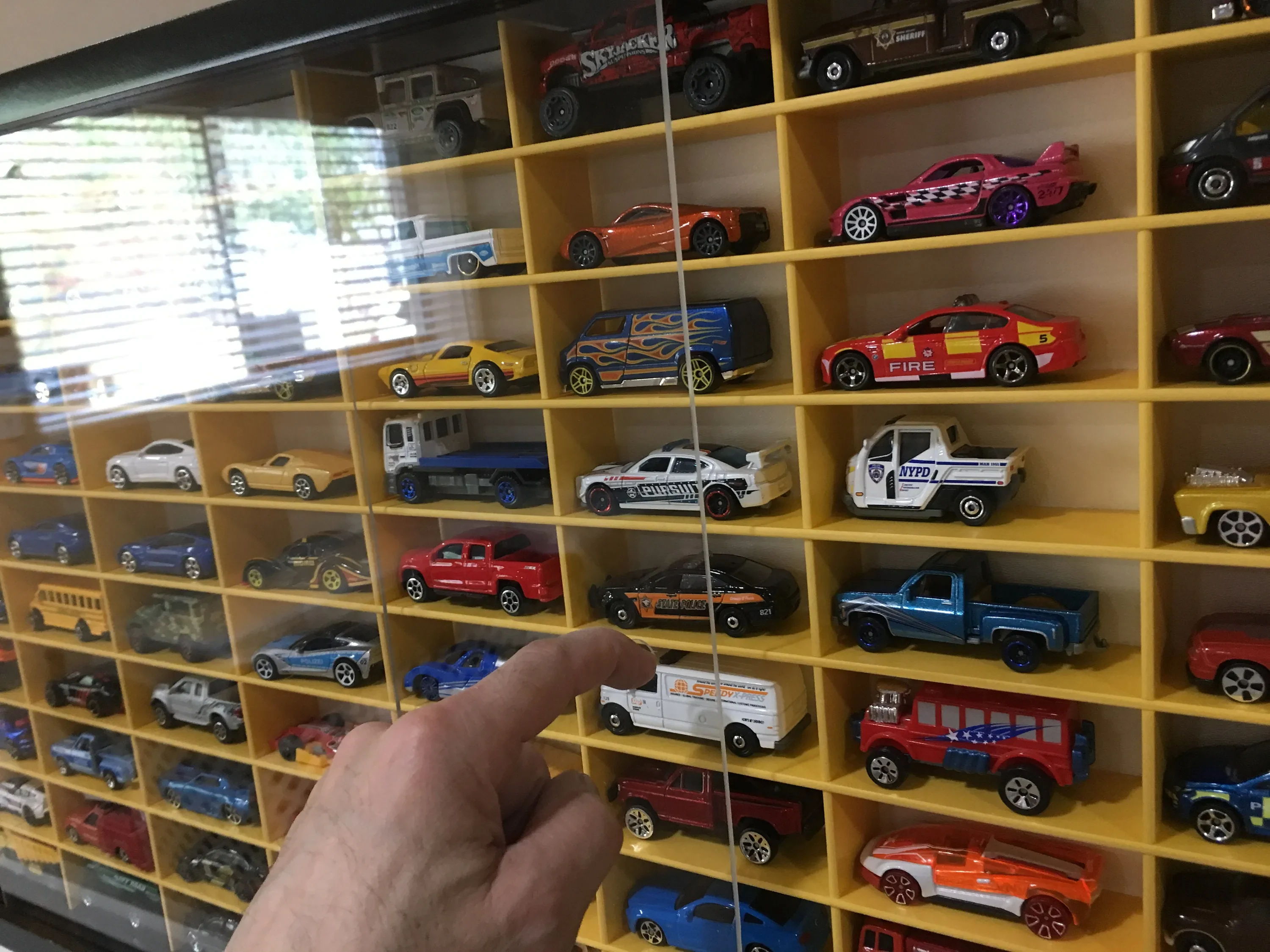Okay, deep breaths everyone. We’ve all been there. That heart-stopping moment when your prized Ford GT40 diecast, the miniature marvel representing an icon of motorsport, suddenly decides to defy gravity and takes a nosedive. Whether it’s a shelf mishap, a clumsy hand, or the dreaded feline intervention, the result is the same, a pang of despair followed by a close inspection of the damage.

First, let’s assess the situation. How bad is it? Are we talking a minor scratch, a detached wheel, or a full-blown chassis fracture? The severity of the damage will dictate your next course of action. Don’t immediately throw it away. Often, even seemingly catastrophic damage can be repaired with a little patience and some basic tools.
The Damage Report Evaluating the Wreckage
Before you even think about repairs, you need to understand the extent of the damage. Grab a magnifying glass (if needed) and give your GT40 a thorough examination. Look for:
- Scratches and paint chips On the body, bumpers, or trim.
- Cracked or broken glass Windows, headlights, or taillights.
- Detached parts Wheels, mirrors, spoilers, or other small components.
- Bent or broken axles Affecting wheel alignment and rolling ability.
- Chassis damage Cracks, bends, or warping of the main body structure.
Make note of everything, and even take pictures. These photos will be invaluable later on, especially if you decide to sell the car ‘as is’ or attempt a more complex restoration.
Triage What Can Be Saved, What’s a Goner
Once you know the extent of the damage, you can decide what to do next. You have a few options:
- Minor Damage: Scratches and small detached parts are often easily fixable with basic tools and materials. Think touch-up paint, glue, and maybe some polishing compound.
- Moderate Damage: Broken windows, bent axles, or more significant paint damage might require some more advanced techniques and potentially sourcing replacement parts.
- Severe Damage: Major chassis damage or extensive loss of parts could mean the car is beyond reasonable repair. In this case, you might consider selling it for parts or accepting it as a battle-scarred veteran in your collection.
Minor Scratches and Paint Chips The Easy Fixes
For minor cosmetic damage, the fix is usually straightforward. First, clean the affected area thoroughly with a soft cloth and some mild detergent. Then, use a fine-tipped brush and some model paint that matches the original color to carefully fill in the scratch or chip. Allow the paint to dry completely, and then gently polish the area with a soft cloth and some polishing compound to blend the repair seamlessly. You can find specialized touch-up paint kits for diecast models, or you can try to match the color at a hobby store.

Detached Parts The Glue is Your Friend
If a wheel, mirror, or other small part has come loose, the first step is to clean both the detached part and the area where it was attached. Use a small amount of super glue (cyanoacrylate) or epoxy to reattach the part, being careful not to use too much glue. Hold the part in place until the glue sets, and then wipe away any excess glue with a damp cloth. For fragile parts, consider using a toothpick or tweezers to help with precise placement.
A good tip is to use a gel-type super glue. It’s less likely to run and create a mess. Also, practice your glue application on a piece of scrap material first, just to get a feel for how much to use.
Broken Glass A Tricky but Doable Repair
Replacing broken windows can be a bit more challenging, but it’s definitely possible. You’ll need to carefully remove the old broken glass, which might involve disassembling the model to some extent. Then, you can cut a new piece of clear plastic (available at most hobby stores) to the correct size and shape, and glue it in place. You can use a template made from the old glass to ensure a perfect fit.
Alternatively, you might be able to find replacement windows online from diecast parts suppliers. These are often pre-cut and ready to install, saving you a lot of time and effort.
Bent Axles A Delicate Operation
Bent axles can be a real pain, as they affect the car’s ability to roll properly. If the bend is minor, you might be able to carefully straighten it using pliers. However, be extremely careful not to break the axle. If the axle is severely bent or broken, you’ll need to replace it. This might involve drilling out the old axle and inserting a new one. You can often find replacement axles at hobby stores or online.
Sourcing Replacement Parts The Hunt Begins
If you need replacement parts for your Ford GT40, there are several places to look. Online retailers specializing in diecast parts are a great resource. You can also check eBay, hobby forums, and even contact the manufacturer directly. Be sure to specify the exact model and scale of your car when searching for parts.

Sometimes, you might even be able to find a donor car – another Ford GT40 diecast (perhaps one that’s even more damaged) – that you can cannibalize for parts. This can be a cost-effective way to get the parts you need, especially if you only need a few small items.
Knowing When to Throw in the Towel Is it Time to Part Ways
Sometimes, despite your best efforts, a diecast car is simply beyond reasonable repair. If the chassis is severely damaged, or if you’re missing too many essential parts, it might be time to accept defeat. However, even in this case, you might still be able to salvage something. Consider selling the car ‘as is’ for parts, or repurposing it into a diorama or other creative project. Even a broken Ford GT40 can still be appreciated!
You could even embrace the ‘battle-scarred’ look and display it as a testament to the perils of diecast ownership. After all, every scratch tells a story!
Preventing Future Accidents Safeguarding Your Collection in 2024
Of course, the best way to deal with a diecast accident is to prevent it from happening in the first place. Here are a few tips for safeguarding your collection:
- Display your cars in a secure location away from the edges of shelves or tables.
- Use display cases or dust covers to protect your cars from dust and damage.
- Be careful when handling your cars, and always hold them securely.
- Keep your cars away from children and pets.
- Regularly inspect your display areas for potential hazards, such as loose shelves or unstable surfaces.

Ultimately, a diecast accident is a frustrating experience. However, with a little knowledge, patience, and the right tools, you can often repair the damage and restore your prized Ford GT40 to its former glory. And if not, you still can keep them as a testament of the battles that have gone through. Happy collecting in 2024!
